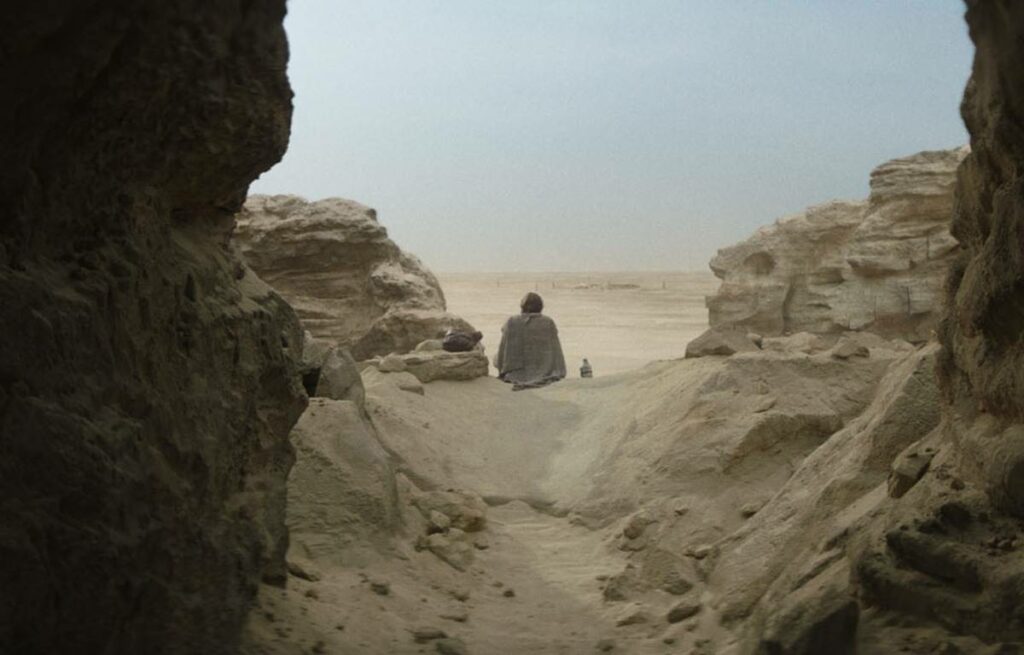Series Obi-Wan Kenobi comes out on Disney+ from Friday, May 27, and announces the return of Ewan McGregor as the famous Jedi master who wants to escape the clutches of the Empire. The miniseries, which takes place ten years after Revenge of the Sithhas been splitting for several weeks with trailers with neat photography, promising more real-than-life sets.
And for good reason: Disney has put the means, and used the same immersive technology as in its series The Mandalorian, called StageCraft, created by Industrial Light & Magic (ILM). Gone are the days of green and blue filming backdrops, make way for LED monitor systems that create a backdrop 6 meters high by 22 meters long, encompassing the stage. A realistic decor is broadcast in real time on the film set. The movements of the camera are synchronized with the movements of the virtual environment.
A truer-than-life shoot
“If the scene takes place in the desert, it really feels like you’re in the middle of the desert. If the scenery is snowy, we are surrounded by snow. And if the character is piloting a spaceship, the screens project a space decor all around us. It will really make things more real,” explained Ewan McGregor to the Hollywood Reporter in April 2021. At the 2021 Emmy Awards, the actor declared that “the new technology we used to shoot [la série] is very interesting. It was a different experience from the three Star Wars films in which I appeared…” The prequel, to which Ewan McGregor alludes here, is thus often criticized for its visual effects and the acting of its actors.
But StageCraft also participates in creating more realistic sets, combining real images and 3D modeling. Virtual reality is used to identify real world scenery, and recreate it in special effects, then to add scenery elements using Unreal Engine, a graphics engine developed by the video game studio Epic Games. Handy, when you can’t fully recreate several sets in a movie studio. The system had already been used in the two seasons of The Mandalorian… but on a much smaller scale.
Virtual reality takes over cinema
While it already allows the Star Wars series to display a superb aesthetic unity, could this new technology become standard in the years to come? StageCraft’s potential in terms of setting creativity seems endless, and therefore suitable for big franchises like Star Wars or the Marvel universe. The advantage of StageCraft is based on its realism, especially in terms of lights, and much more accomplished work in post-production, since the directors already have an idea of the finished product. As for the actors, going from green screens to ultra-realistic sets will allow them to better slip into their character, especially when the shooting stretches over several months (or even years). And for the spectators, it is the assurance of being transported into an ultra-realistic universe. There remains the question of the cost of this technology.
The success of Disney’s series could standardize technology for the entire big-budget Hollywood industry, increasingly drawing inspiration from tools developed by the video game industry, including its graphics engines. Lucasfilm has thus announced in 2021 the construction of three other StageCraft studios around the world. The last Batman by Matt Reeves used it in part during his filming, as well as Thor: Love and Thunderscheduled to hit theaters in July 2022.
Soon, green screens may become as obsolete as the old XT-16 speeders…


